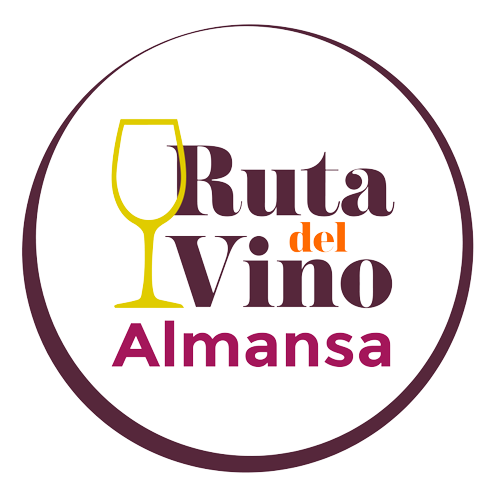ALMANSA
Almansa is a municipality and town located in the southeast of the Iberian Peninsula, bordering the Valencian Community and the Region of Murcia.
From the geographical point of view, the municipality is located in the interior Levante, in the area where the Iberian and Baetic mountain systems meet, which have given rise to a high plateau located at about 700 meters of altitude, with some elevations that leave some access corridors to the Meseta and the Levante, forming the so-called Corredor de Almansa, considered one of the seventeen natural passes of the Iberian Peninsula.
Almansa has a great cultural and historical heritage, being the castle its monument par excellence. In addition, Almansa is the headquarters of the Almansa Denomination of Origin.
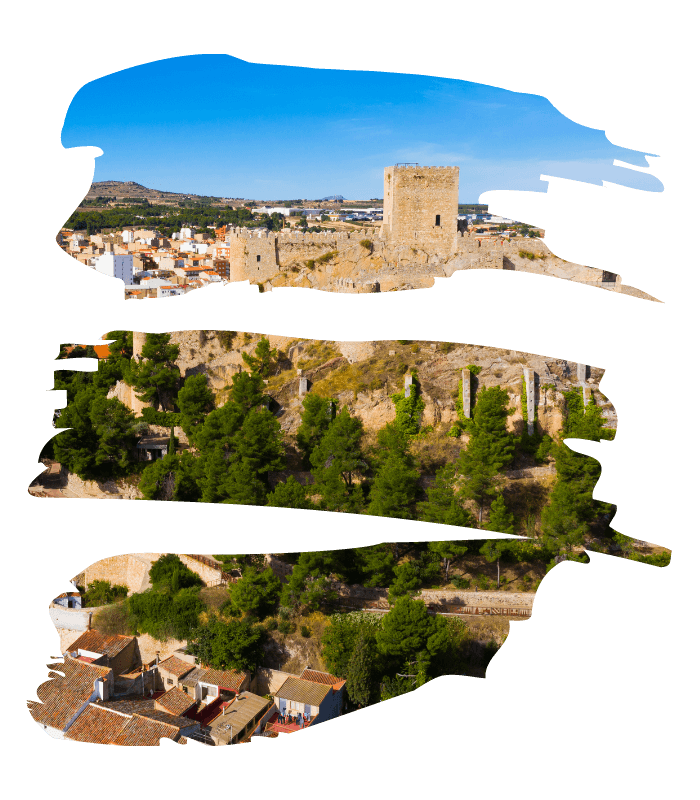
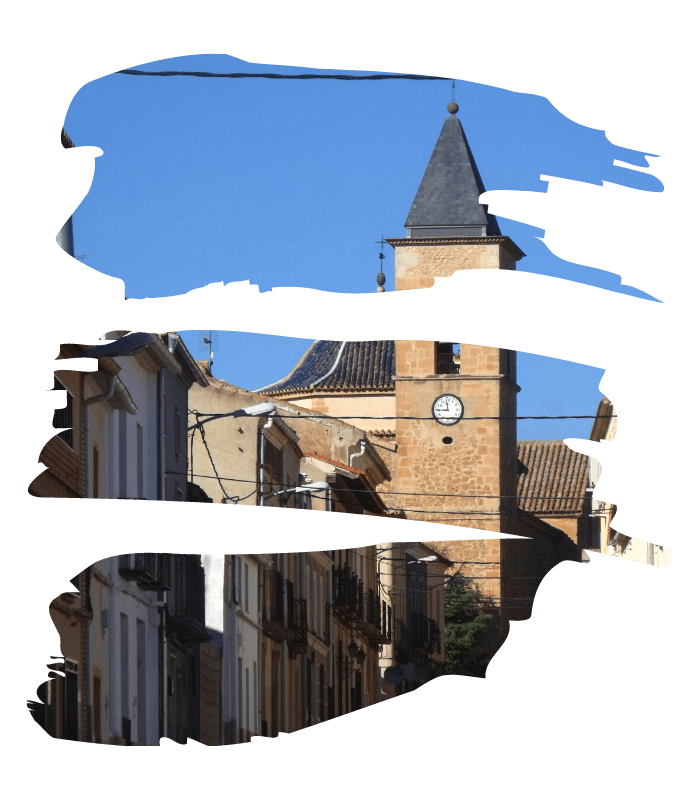
ALPERA
The town of Alpera is located in the eastern part of the province of Albacete, within the Autonomous Community of Castilla-La Mancha. Located at 850 meters above sea level, it has an area of 180.15 km2, which includes the districts of Casas de Don Pedro, Las Fuentes and La Laguna.
Its economy is based on agriculture and the footwear industry. In agriculture, the cultivation of the Garnacha Tintorera grape variety stands out, of great quality thanks to its color and grade; to a lesser extent we find the cultivation of cereals, wheat and barley.
The Cueva de la Vieja, one of the most important rock art stations in the eastern part of the peninsula. It is a shelter of remarkable dimensions in which painted motifs representative of two prehistoric arts are preserved: Levantine Art and Schematic Painting.
HIGUERUELA
Higueruela is located 42 kilometers from Albacete, in the central eastern part of the province. It has an altitude of 1,039 meters above sea level and covers a total area of 205 km2. It occupies a high plateau with two relief areas: the north and northwest, crossed by the Sierra de Higueruela reaching 1,245 m. altitude in one of the highest peaks of the province called Molatón.
The population is mainly engaged in services, agriculture and livestock, although there is also industrial activity in the transformation of primary sector products and recently in the maintenance and operation of renewable energy facilities.
In agricultural production, it is worth mentioning the Garnacha Tintorera grape that grows in this area, which is especially appreciated and valued in national and international markets for its alcohol content and color intensity. Mention should be made of the important Santa Quiteria Wine Cooperative.
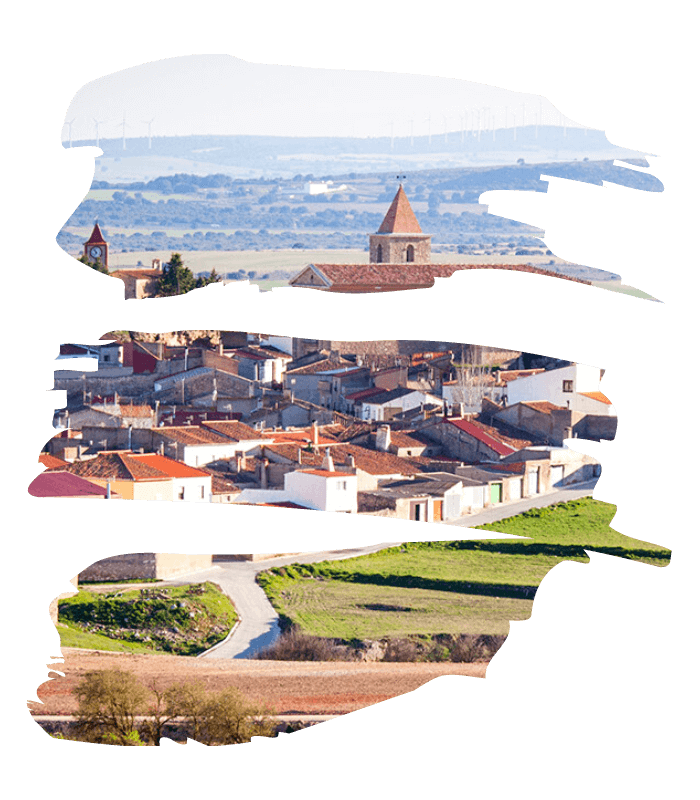
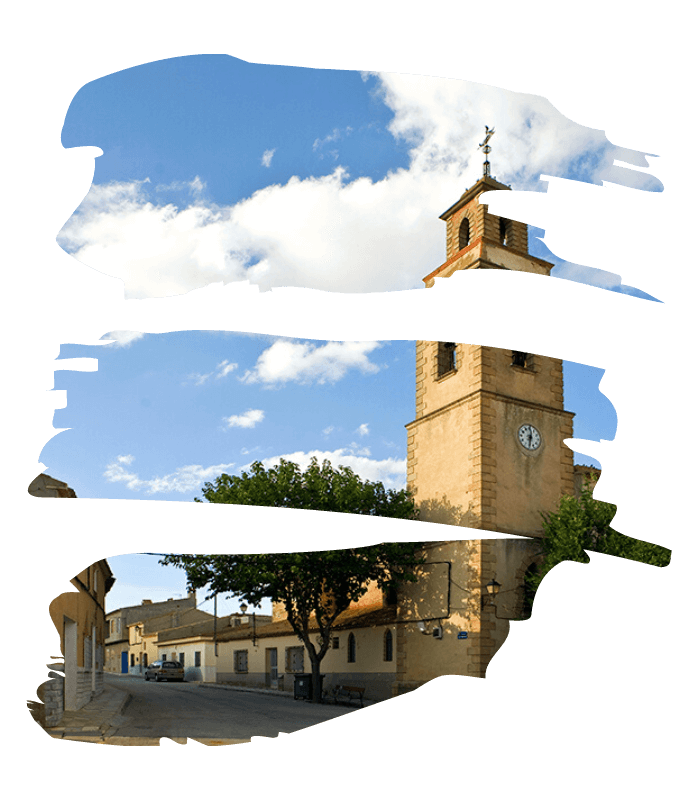
HOYA-GONZALO
The current location of Hoya Gonzalo is due to prehistoric settlements as evidenced by archaeological sites at its base and its surroundings, dating back to the Mesolithic, Neolithic, Bronze Age, Iberian, Roman and even Arab.
The best known are the Iberian, such as Camino de la Cruz and Los Villares where ceramic pieces of various types, metals and stone sculptures have been obtained, these burials made in excavated pit and stone burial mounds in a stepped pyramidal shape, dating from the V and VI century BC. From here we have something that makes us great and identifies us on a national and international scale, this is why our Iberian horse has been exhibited in places such as the Universal Exposition of Seville in 1992. All these archaeological pieces are currently on display at the Archaeological Museum of Albacete.
Currently in Hoya Gonzalo you can show the visitor its archaeological sites, its cucos, huts and bardales, scampers in their environment as rural structures to dry stone, being its centenary and even millennial origin.
